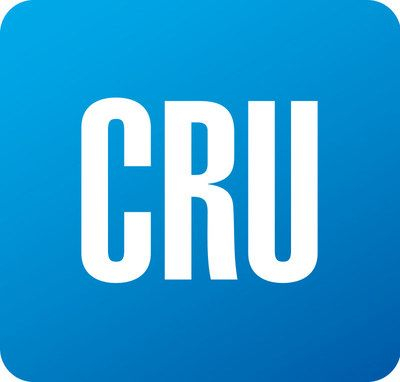CRU

January 15, 2021
CRU: ESG’s Tangible Effects on Aluminum
Written by Greg Wittbecker
By CRU Analysis Advisor Greg Wittbecker
Environmental, social and governance (ESG) is now core to most major corporations. Companies that don’t put strong emphasis on this do so at their peril. Many companies are using ESG as an opportunity to create competitive advantage. These advantages are coming through several approaches.
Sustainable Production
Sustainability can be a subjective term. Aluminum companies are now drilling down to some tangible metrics on this. Foremost is carbon intensity. Leading producers are leveraging their use of renewable energy to market low carbon aluminum with carbon intensity of 4 tons per ton of production. Some producers can produce as low as 2 tons. As discussed in prior articles, new technological breakthroughs hope to take this to literally zero tons per ton of output using inert anode technology.
In parallel with this, traditional virgin metal producers are beginning to integrate recycled content into their casting operations. This blends both pre-consumer scrap (auto stampings, aluminum can manufacturing and extrusion press scrap) as well as post-consumer scrap (used beverage containers, demolition materials). The integration of recycled content allows primary aluminum smelters to lower their carbon intensity further by taking advantage of the avoided energy/carbon using recycled content. Recycled content cast house products are now being sold by the likes of Alcoa, Hydro and Rio Tinto.
Commercially, using recycled content lowers input cost while adding casting capacity beyond the limitation of virgin metal from the smelter.
The ability to recycle aluminum, like steel, offers unique competitive advantage vis-à-vis materials such as plastics and carbon fiber. These other materials can’t match the recycling story of aluminum or steel. Metals have the unique quality of endless recyclability into like alloys and applications. When major OEMs consider material choice, the ability to recycle the materials at end of life is increasingly important in material selection at initial production.
Traceability
The Aluminum Stewardship Initiative (ASI) is an independent body that is certifying best practices for players throughout the supply chain. One of the key attributes is traceability. This gives customers assurances about how their aluminum is made and how it’s moving to market. Individual producers are now taking this to the next level, introducing blockchain technology to give buyers real-time transparency to the metal they are buying. Hydro and Rio Tinto are rolling this out now.
Capital Costs
ESG has stimulated the emergence of “green” financing. Green financing takes several approaches:
• Investors are allocating capital exclusively to projects investing in renewable energy or sustainable manufacturing
• Investors are incentivizing more sustainable manufacturing by offering lower interest rates to corporations meeting predetermined sustainability targets.
A number of noteworthy bond offerings have recently floated within aluminum to take advantage of this new appetite for “green finance.” Dutch-based Constellium issued $500 million of 8-year notes in the past month. These notes index the rates to a 25% reduction in its greenhouse gases by 2025 versus 2015, along with a 10% increase in recycled content by 2026 versus 2019.
The aluminum industry is embracing ESG as a positive means to underscore its improving sustainability performance. Like many things connected with progress, when it becomes economically attractive, it is amazing how fast industry embraces change.
Greg Wittbecker joined CRU in January 2018 after retiring from Alcoa, where he was Vice President of Industry Analysis and Managing Director of Alcoa Beijing Trading, based in Shanghai, China. His career spans 35 years in the aluminum industry, having also held senior commercial and management roles at Cargill, Wise Metals and Koch Supply and Trading. Greg brings perspective on the entire aluminum supply chain from bauxite to aluminum finished products and will be a regular contributor to SMU going forward. He can be reached at gregory.wittbecker@crugroup.com
Request more information about this topic.
Learn more about CRU’s services at www.crugroup.com


